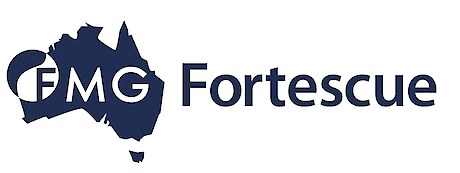Tiwai Smelter power could be diverted to hydrogen by 2023
The following article was published by RNZ reporter Phil Pennington on 1 August 2021 .
Tiwai smelter power could be diverted to hydrogen by 2023
Read Phil’s report below:
The government has been told Southland could start producing green hydrogen as early as 2023.
Various companies are exploring green hydrogen, which could generate jobs and soak up electricity production left excess if Tiwai Pt aluminium smelter shuts in 2024.
Emails released under the OIA show the giant Australian mining company, Fortescue, began wooing the Government over hydrogen more than a year ago.
“They are aiming for production of hydrogen from 2023,” an official wrote in July last year.
Another note says “design and consenting for H2 plant… by 2025” - and has a question mark over whether this might use “600MW” of power, a bit more than the smelter has has had contracts for.
The emails show Fortescue has had repeated meetings or talks with Energy Minister Megan Woods, officials at the Ministry of Business, Innovation and Employment and Department of Conservation, Meridian Energy and Transpower.
It had “rapidly developing plans” for Southland, the company told MBIE.
Woods’ office said, in an email last October, that Fortescue “are quite advanced with plans for Tiwai for hydrogen”.
Her office mentioned the company wanting to get in touch with the Government’s Just Transitions Unitbut a later note says “Just Transitions can’t help”.
Asked by RNZ about the 2023 and 2025 dates, Fortescue said: “Timing is dependent on obtaining the required consents and approvals in New Zealand, and investment approval from the Fortescue board.”
Officials put the company in touch with the Environment Ministry’s fast-track consenting implementation team.
In an email three months ago, Fortescue sought another meeting with Minister Woods for its Fortescue Future Industries chief executive Julie Shuttleworth.
This followed queries from MBIE in March about what commercial models for electricity supply would support hydrogen production.
The email shows the company is offering “support of the battery project”; other documents refer to testing large battery technology in trucks.
Hydrogen produced by renewable electricity is known as green hydrogen, which remains mostly an experimental technology with uncertain markets.
Two big power companies, Contact and Meridian, have announced they are looking for partners to look into building a plant in Southland.
Meridian says there has been “high quality” international interest.
The power company has done repeated deals to provide cheap electricity to the smelter, under the threat from smelter owner Rio Tinto that, without a deal, it will shut up shop - the latest earlier this year.
Rio Tinto has done a similar thing in Iceland.
The threat at Tiwai remains despite rising aluminium prices helping push the multinational to a record half-year profit this week - and a $9 billion dividend payout to shareholders.
The OIA emails show officials were not sure about Fortescue’s interactions with Rio.
It had been in talks with the Murihiku Regeneration programme of local iwi. The iwi would not comment on the discussions.
The miner has been accused recently by Aboriginal groups of breaching laws protecting sacred sites.
A Fortescue spokesperson said the company “had a long, proud and widely acknowledged positive impact on Aboriginal people and communities in Australia”.
“Fortescue’s primary objective at all times is to work on a cultural heritage avoidance basis.
“In consultation with traditional custodians, Fortescue has worked to avoid and protect approximately 6000 Aboriginal heritage places.”
Posted: 1 August 2021
